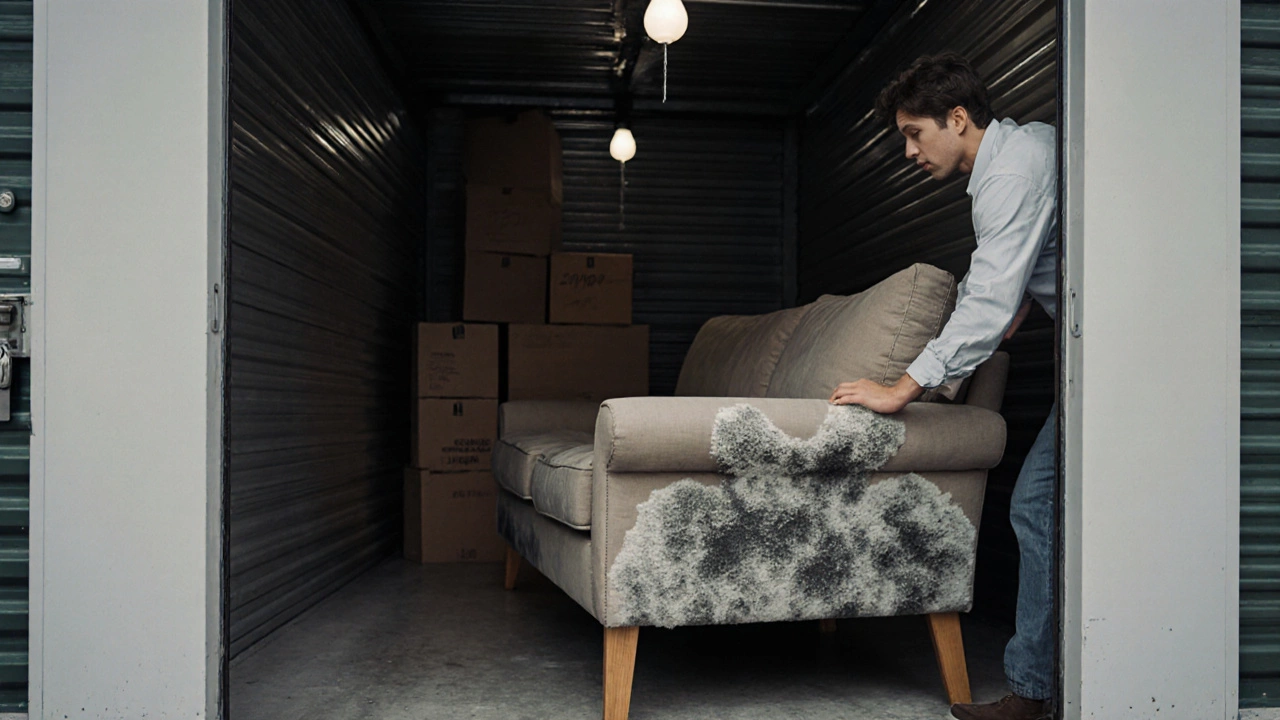Furniture Mold: What It Is and How to Stop It
When dealing with Furniture Mold, the unwanted growth of mold on chairs, sofas, tables or any other furnishings caused by excess moisture and organic material. Also known as moldy furniture, it can spoil the look of your patio pieces and even affect indoor air quality. Moisture Control, methods like dehumidifiers, proper ventilation, and quick drying after rain is the first line of defense because furniture mold thrives when humidity stays above 60 % for extended periods. Patio Furniture Covers, breathable protective sheets that shield outdoor pieces from rain and spores act as a barrier, while the choice of Outdoor Furniture Materials, wood, wicker, metal or synthetic fabrics, each reacting differently to damp conditions determines how quickly mold can take hold. In short, Furniture mold occurs when moisture meets a suitable substrate, and it can be prevented by managing that moisture and protecting the surface.
Common Triggers and Simple Fixes
Rainwater that pools on a lounge set provides the perfect feeding ground for mold spores; a quick shake‑dry routine after a storm cuts the growth cycle in half. Wood frames, especially untreated teak or cedar, absorb water like a sponge, so applying a sealant or oil finish creates a water‑repellent layer—this is why many professionals recommend a yearly coating. Wicker and rattan, while stylish, have gaps that trap humidity; covering them with a breathable, water‑resistant cover keeps the air flowing and stops spores from nesting. Metal frames don’t rot, but rust can develop when condensation sits; a light spray of anti‑rust paint and regular wiping prevent both rust and mold from sharing the same space.
Indoor storage poses its own risks. Storing a sofa in a basement without climate control raises the chance of mold spreading across fabric and foam. Placing furniture on pallets, using moisture‑absorbing silica packs, and keeping the room at 45–55 % relative humidity are proven tactics. Even a simple dust‑cover can trap damp air, so choose covers that allow airflow. When mold does appear, a mixture of white vinegar and water applied with a soft brush removes surface growth without harming most fabrics; for stubborn spots, a diluted hydrogen peroxide spray works well, followed by thorough drying.
These practical steps tie back to the core ideas introduced earlier: managing humidity, protecting surfaces, and choosing the right materials all work together to keep mold at bay. The posts you’ll find below dive deeper into each of these topics—whether you’re figuring out the best patio cover, learning how to store furniture safely, or comparing material choices for durability.
Ready to see specific advice on covers, cleaning methods, and storage tricks? Scroll down to explore our curated articles that turn mold prevention from a guesswork chore into a straightforward routine.
Can Furniture Get Moldy in a Storage Unit? Prevention Tips
Learn how to prevent furniture from getting moldy in storage containers with practical tips, humidity control methods, and storage comparisons.





